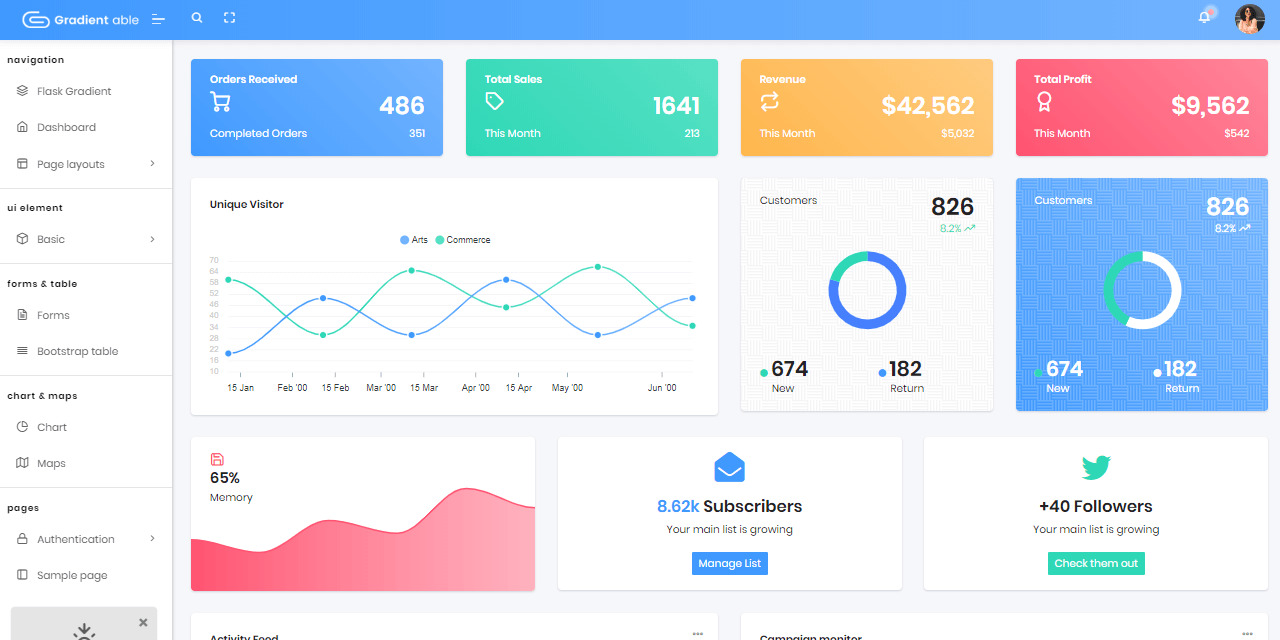

Please note the code which are commented out and make sure that the Hangfire configurations are in the right order. The order of configuration pipeline is important. These lines of code will only execute once when our application starts. We instruct the application to use Hangfire server, add a global filter and save/update the recurring jobs in Hangfire storage if needed. In the code snippet below, we add several lines of code in Configure(IApplicationBuilder app, IHostingEnvironment env) method in Startup class. Once dependency injection is set up, we can configure the application to use Hangfire server when the application starts, so that all background jobs and recurring jobs can start to spin up. You can research other options to suit your needs. For example, the code snippet above tells Hangfire the connection string for SQL server, the job queue polling interval, etc. The configurations can be used to customize JobActivator, to configure LogProvider, and to configure Hangfire server storage. This extension method also takes Hangfire configurations. NET Core dependency injection, Hangfire provides a services.AddHangfire() extension method, which has done all the heavy lifting, including registering logger factory and registering AspNetCoreJobActivator, and so on.

Hangfire internally uses AspNetCoreJobActivator to locate required services and to create scopes for registered jobs.

On the other hand, when jobs run in Hangfire, Hangfire needs to know their dependencies as well. For example, in the ConfigureServices(IServiceCollection services) method in Startup class, we register the following two job classes with lifestyle of scoped, so that we can call these jobs in other services or controllers using dependency injection. We first want to register our background jobs in the. Luckily, Hangfire provides an extension method ( vide infra) to easily hook in the dependency injection system in. You may wonder how does Hangfire resolve dependencies for these recurring jobs. The actual method being called is Run(JobCancellationToken.Null) in the job class, which is the method we defined in the previous section. The code snippet below shows a typical skeleton of a job class and its corresponding interface. We can define an interface and implement the interface with a class where we could inject dependencies and lay out the logic flow of the background job. Let’s assume we want to run a job called MyJob. If you are using a newer version of Hangfire, then run the SQL script in your version. Please run the SQL script before you proceed.
#CORE APP DASHBOARD UPDATE#
The SQL script is well written and designed, so that when we update our Hangfire version, we can confidently run the new script included in the package to update the SQL database schema. Once the NuGet package is installed, we will have a copy of SQL migration script located at C:\Users\\.nuget\packages\hangfire.sqlserver\1.6.22\tools folder.

#CORE APP DASHBOARD INSTALL#
If you are using another Database Provider, then you need to install the corresponding NuGet package. The Hangfire NuGet package includes Hangfire.Core and Hangire.SqlServer. NET Core web project (or other project types that allow us to inject dependencies and/or do authentications), we can install the Hangfire NuGet package through Visual Studio NuGet Package Manager, or install the package via command line tools. As of the time of writing, the current stable version of Hangfire is 1.6.22.


 0 kommentar(er)
0 kommentar(er)
